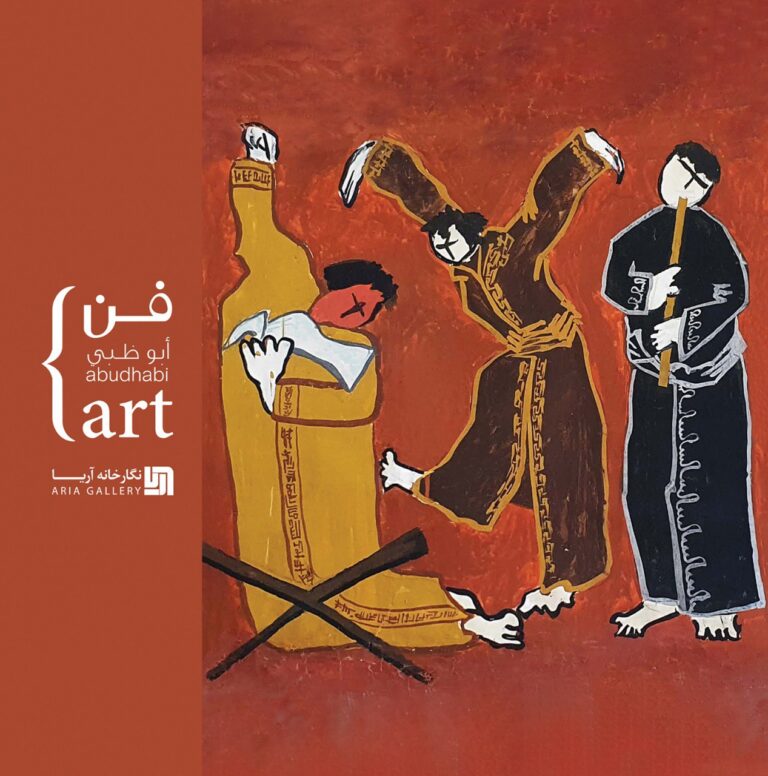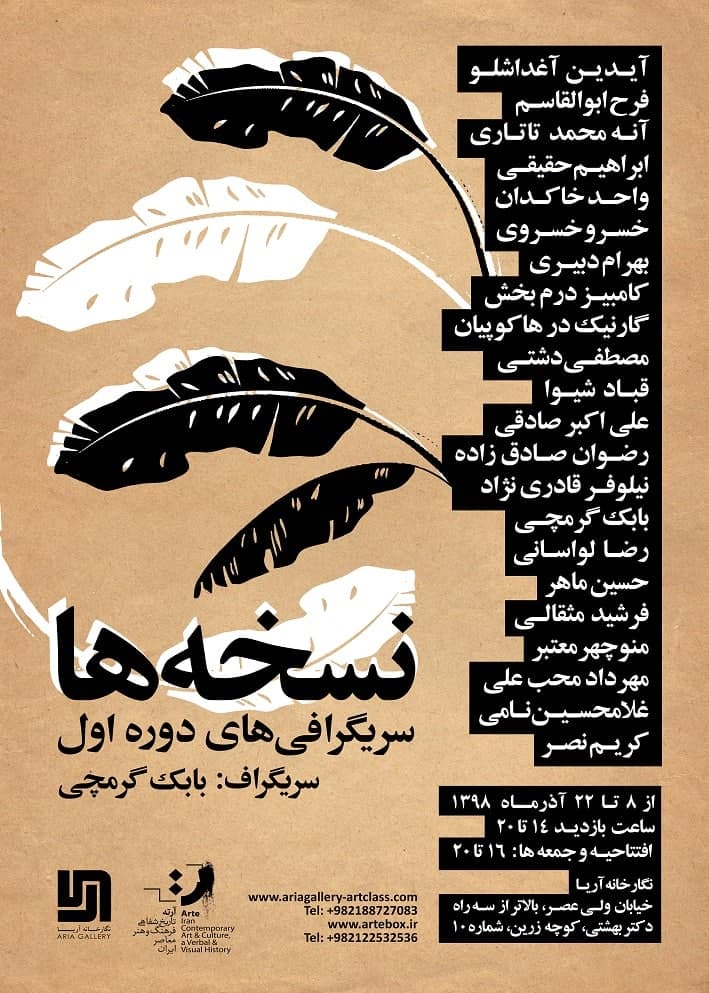Introduction
Sirak Melkonian
Hadi Hazavei
In early 1970s, his travels to southern Iran, particularly to the Sistan and Baluchestan
region, played a significant role in shaping these works. The resulting compositions
while abstract, evoke aerial landscapes, organic shapes, and skeletal frameworks
deeply rooted in his reflections on the region’s landscapes. Melkonian’s landscape
paintings from the 1940s through the 1960s vividly capture his artistic evolution and lay
.the groundwork for his most definitive creative period
In contrast, Hadi Hazavei, another eminent Iranian artist, emerged professionally after
receiving formal education in Iran and training at the Faculty of Fine Arts during one of
its most llustrious periods. Initially, Hazavei created works deeply inspired by the
indigenous and mythological heritage of his homeland, incorporating themes such as
mourning rituals, mythic symbols, and motifs from lran’s ancient art. These elements
were expressed within a contemporary framework shaped by his academic
environment. His early work reveals a strong emphasis on geometric forms rooted in
traditional Iranian aesthetics. While Hazavei later moved away from these explicit
references, many of his celebrated recent works still trace their lineage to this
foundational period. His series of glazed brick panels and abstract compositions
exemplify this ongoing interplay between continuity and evolution in his artistic
.journey
Examining the distinct phases in the work of pioneering Iranian artists reveals the
dynamic richness of their artistic journeys and their active engagement with a
multitude of influences. Through dialogues with global contemporary art movements
and deep reflections on the cultural and historical layers of their homeland, these artists
have crafted a legacy of profound and impactful contributions. Today, their work not only embodies the essence of Iran’s contemporary art but also expands it, continuing with greater complexity and resonance than ever before




